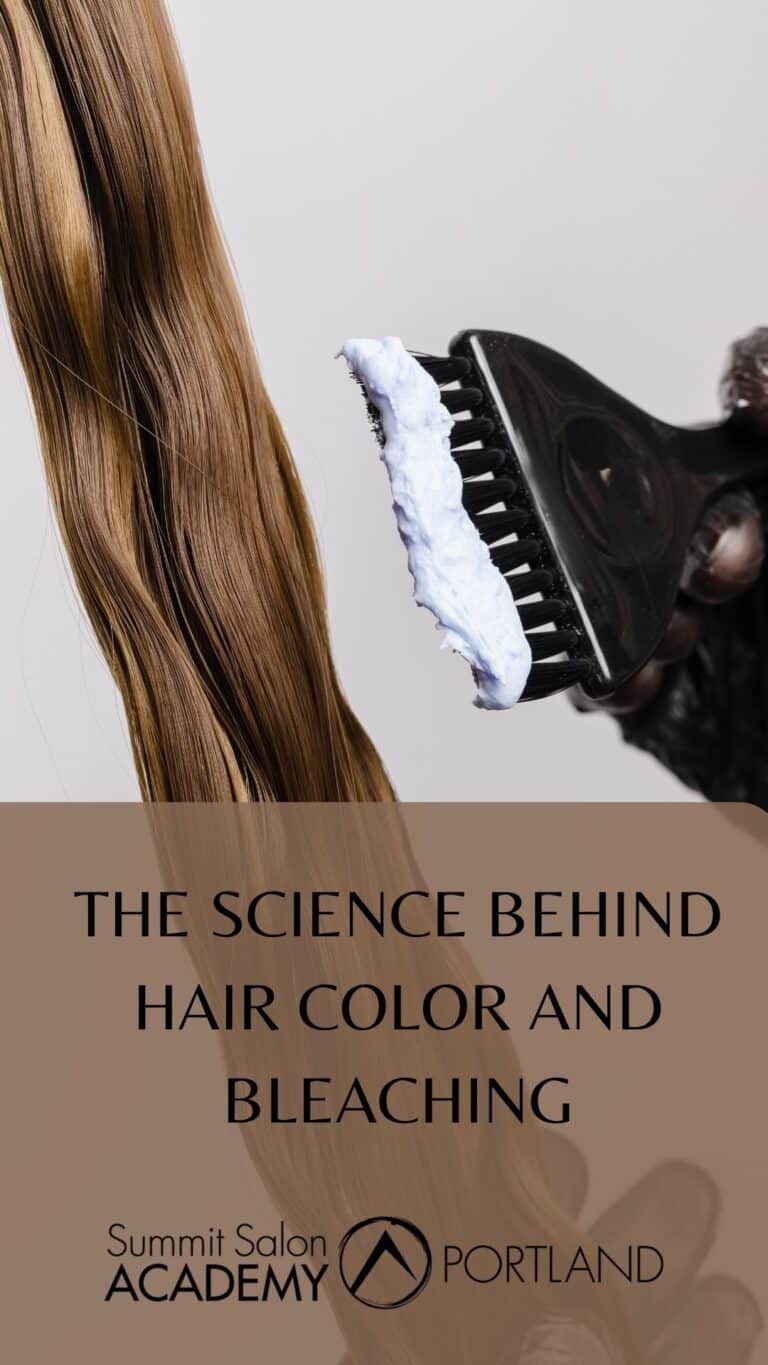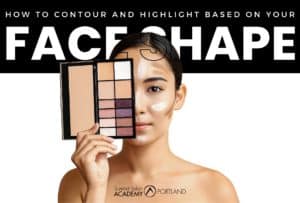Whether you’re going platinum blonde, bold red, or experimenting with rainbow hues, hair coloring is more than just a style choice—it’s a fascinating chemical transformation. But what really happens when you bleach or color your hair? Let’s explore the science behind those vibrant results.
🧬 Hair Structure 101: Understanding the Canvas
To understand how hair coloring works, you first need to know what hair is made of. Each strand of hair consists of three layers:
- Cuticle – The outer layer, made of overlapping cells (like roof shingles), which protects the inner layers.
- Cortex – The middle layer where melanin (natural pigment) resides. This is where permanent color changes happen.
- Medulla – The innermost layer, often absent in fine hair, with minimal role in coloring.
🎨 How Hair Color Works
Hair dye changes your hair’s color by either coating the strand (semi-permanent dyes) or penetrating the cortex (permanent dyes).
Permanent Hair Dye: A Chemical Reaction
Permanent hair dye typically uses ammonia and hydrogen peroxide:
- Ammonia opens the cuticle layer, allowing color molecules to enter.
- Hydrogen peroxide (developer) removes your natural melanin by oxidizing it, creating a blank canvas.
- Then, new color molecules are deposited and formed through a chemical reaction inside the cortex.
This process is what allows hair color to last until new growth or fading from washing and sun exposure.
⚡ The Bleaching Process: Stripping the Color
Bleaching is a more intense form of oxidation. It uses higher volumes of hydrogen peroxide (usually mixed with a lightening powder like persulfates) to break down melanin in the cortex.
What Happens During Bleaching:
- Cuticle opens with alkaline agents (like ammonia).
- Melanin is broken down, first turning reddish-orange, then yellow.
- Multiple sessions may be needed for dark hair to reach a pale blonde or white base.
Because this process depletes natural pigments, it also damages the hair’s protein structure, often leaving it dry or brittle if not properly cared for.
💡 Fun Fact: Why Does Hair Turn Orange During Bleaching?
Dark hair contains more pheomelanin (a red-yellow pigment) in addition to eumelanin (a brown-black pigment). As eumelanin breaks down first, the remaining pheomelanin causes those infamous brassy tones.
🧴 Post-Color Care: Science of Hair Health
After coloring or bleaching, the hair’s cuticle remains slightly raised, making it more vulnerable. That’s why post-color treatments focus on:
- Closing the cuticle with acidic pH products (like conditioners or masks)
- Reinforcing proteins with treatments like keratin or bond builders (e.g., Olaplex)
- Hydrating with oils and deep conditioners to restore moisture
🔬 Innovation in Hair Color Chemistry
Modern advances have led to less damaging products:
- Ammonia-free dyes (use MEA instead of ammonia)
- Bond-repairing dyes that protect hair during coloring
Plant-based or semi-permanent colors with less chemical impact
Hair coloring is both an art and a science. Knowing what’s happening on a molecular level can help you make better decisions—whether you’re dyeing at home or working with a professional. With the right techniques and care, you can enjoy vibrant color while keeping your hair healthy and strong.




